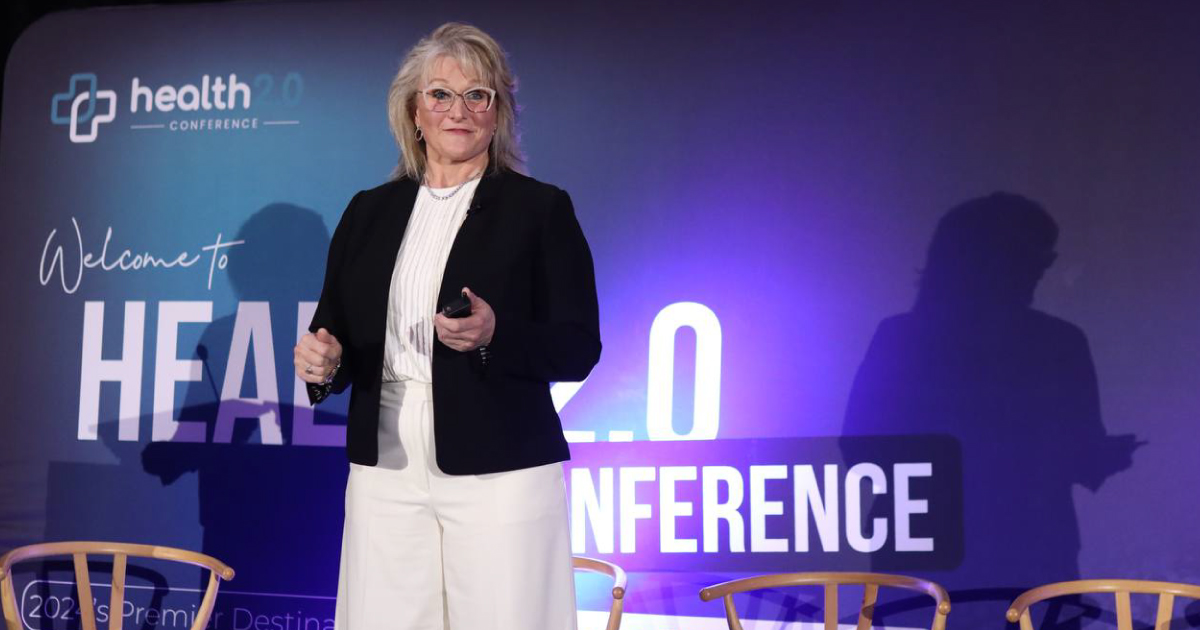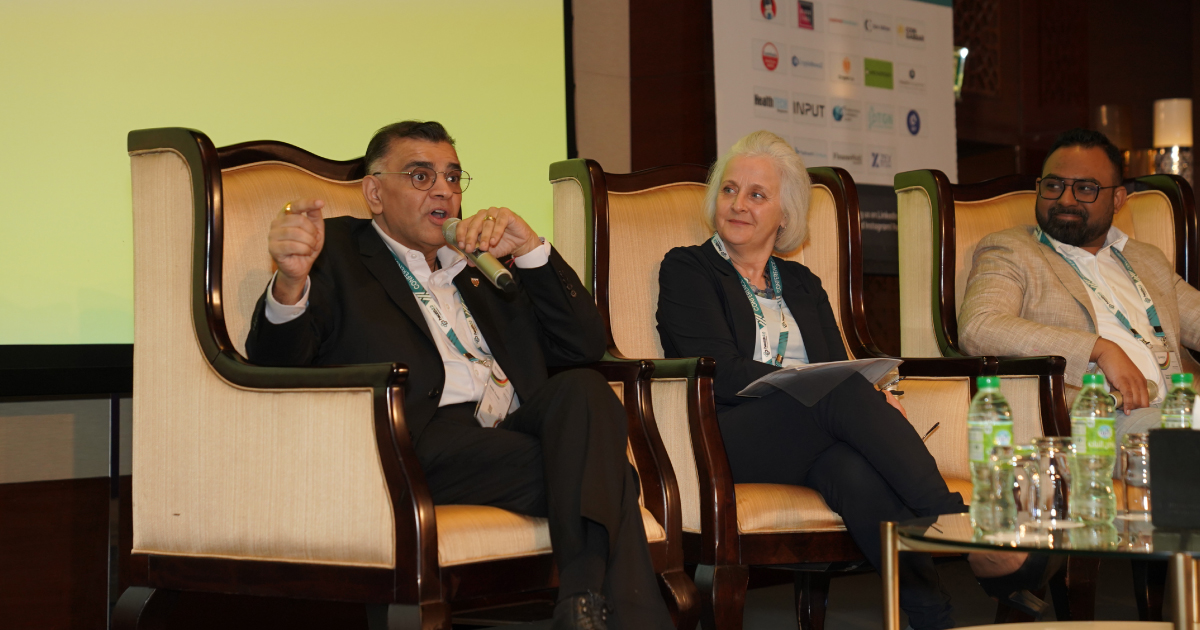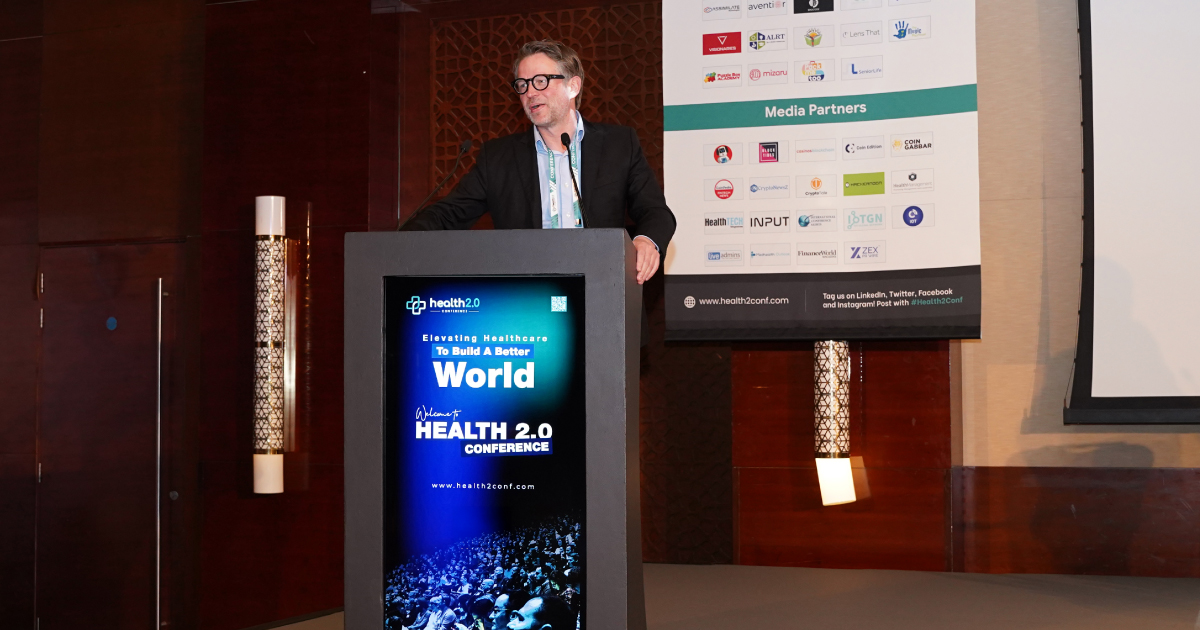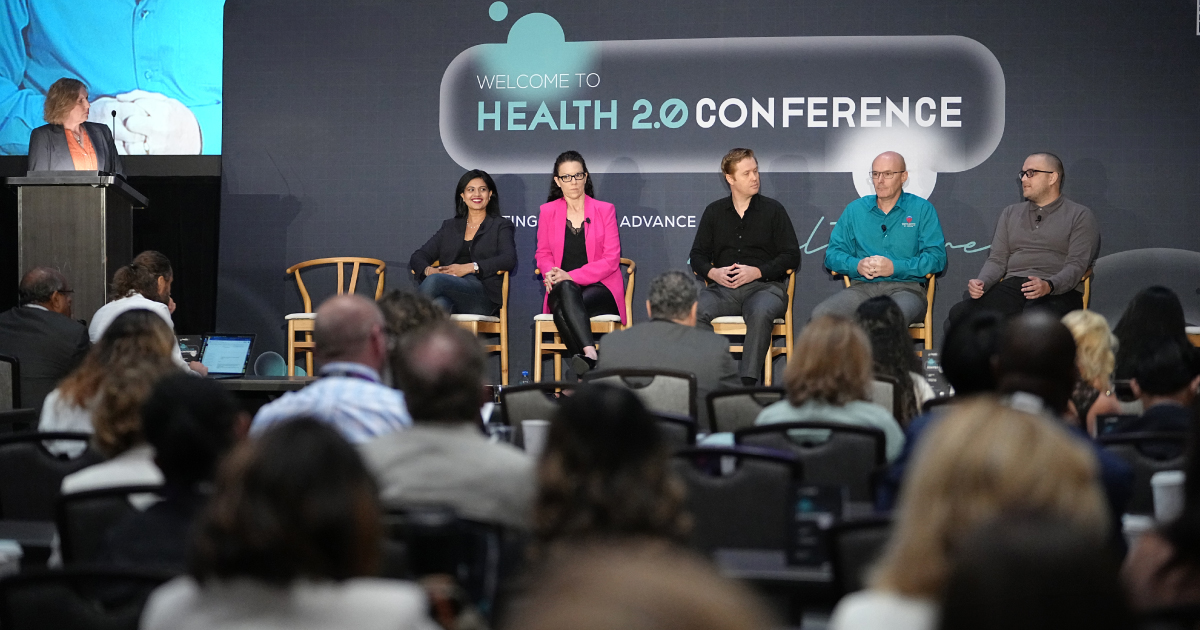On this World Breastfeeding Week (Aug 1-7), we take a look at its theme, “Step Up For Breastfeeding: Educate and Support,” and study how the community, especially employers, can play a role in promoting the good health of babies and their birthing parents.
The number of working moms is steadily increasing. Even though the benefits of breastfeeding for both the infant and the birthing parent are well established, employment remains a significant barrier to continued breastfeeding. Employed mothers who want to continue breastfeeding by expressing their milk at work in order to nurture their babies face several challenges, including a lack of break time, inadequate facilities for pumping and storing milk, a lack of breastfeeding resources, and often, a lack of support from employers and colleagues.
Breastfeeding provides unique health benefits to both the infant and the birthing parent; thus, a breastfeeding-friendly workplace is recommended to increase its initiation and duration. They need support from others to make these kinds of places more mother-friendly. In addition, they should feel comfortable feeding their babies anywhere they go and enjoy doing so without being exposed to judgmental looks from others.
Historically, the "cover versus no cover" debate surrounding this subject has dominated public discourse around breastfeeding, resulting in changes in law and culture to better support the needs of breastfeeding and lactating parents. Many healthcare events have also shed light on the most pressing question: Where to feed the babies?
Women make up more than half of the workforce, indicating a strong desire to quickly find an answer to the where question. This movement to make workplaces more inclusive of mothers is significant because it benefits both the employee and the company.
However, here, it should be remembered that the term “breastfeeding” isn’t inclusive of all lactating parents. Chestfeeding, on the other hand, is an inclusive, gender-neutral term that also includes transgender and nonbinary parents nurturing their babies.
Inclusive Design: Lactation Spaces
Birthing parents in the workplace had less-than-ideal options, such as converted supply closets, shared office spaces (without locking doors), and multi-purpose rooms—worse, bathrooms and other areas where pumping is often unsanitary.
Given the social barriers to discussing personal medical matters in the workplace, discussing lactation policy can be complicated. However, as addressed in the healthcare conferences of 2022, lactation rooms and policies are increasingly being viewed as more than just a compliance requirement, but as an opportunity to communicate that "this is a family-friendly, supportive employer, and you're not going to have it harder because of the personal decision you made to have a child."
Higher education, a lower workload, a lactation room with independent space, taking advantage of breast pumping breaks, and encouragement from colleagues and supervisors to use breast pumping breaks were all significant predictors of continuing to breastfeed after returning to work for more than six months. Studies suggest that workplaces with dedicated breastfeeding rooms should maintain a comfortable and clean environment to be a breastfeeding-friendly workplace environment and provide the necessary encouragement and privacy to increase the frequency of lactation room usage.
Creating A Better Environment For The Birthing Parent
Here, increasing inclusivity for a birthing parent in organizations brings out the best of what can be accomplished for employees and the brands they support.
More choice, better self-advocacy for employees, and job satisfaction come from knowing you're supported in your role regardless of your personal life and choices.
For the manager, this means more stability and planning for short and long-term goals, as well as the benefit of low turnover, which keeps institutional knowledge within the team or department.
Increased brand awareness from evangelist employees, improved access to top talent, and reduced organization retention and training costs. In short, you'll have a better financial bottom line simply for doing the right thing.














